In 1902, Francesca Morera i Ortiz hired Catalan architect Lluis Domènech i Montaner to work on the remodeling of a building she had inherited from her uncle, Antoni Morera i Busó. The building, which was known as Casa Rocamora, had been created almost forty years before, in 1864, by master builder Joaquim Sitjas.
Table of Contents
Casa Rocamora
Lluis Domènech i Montaner remodeled Casa Rocamora, and the result was so fascinating he was asked by Albert Lleó i Morera (who inherited the house from his mother) to demolish and rebuild the façade, add three galleries, stone balconies on different floors, and to design the interior.
The Catalan Modernism



Photo by thierry llansades via Visualhunt
To bring his vision to life, Lluis Domènech i Montaner hired some of the most experienced artists of the time, in order to add detail and perfection to every single inch of the house. Domènech i Montaner worked with mosaic experts Lluís Bru and Mario Maragliano, sculptors Eusei Arnau, Joan Carreras and Alfons Juyol, ceramicist Antoni Serra i Filter, and interior designers Gaspar Homar and Josep Pey. The project was completed in 1906.
With its beautiful use of ornaments, sculptures, ceramics, wood, marble, stain-glass, and mosaics, Casa Lleó i Morera became one of the most valued pieces of Spanish architecture, a treasured example of the Catalan Modernism.
Related article: The old and the new: Barcelona’s most stunning architecture
Location
Casa Lleó I Morera is one of three noteworthy sites in Passeig de Gràcia, located right next to Casa Amatller, by Josep Puig I Cadafalch, and Casa Batlló, by Antoni Gaudí. These three gorgeous buildings by some of the most important names in the Catalan Modernism gave that particular area the name of Mansana de la Discòrdia, which in English means “Block of Discord” since no one seems to be able to decide which one is the prettiest house.
The house, today
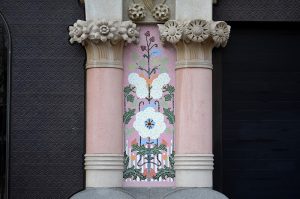


Photo by Enric Martínez i Vallmitjana via VisualHunt
In 2006, Casa Lleó I Morera was purchased by Grup Núñez I Navarro, a Spanish enterprise that works in construction, real estate development, sales, rentals, car parks, and warehouses. The group also works actively on the restoration of historic buildings, including palaces and hotels.
When the group acquired the house, it underwent a two-year restoration and conservation process that focused mainly on the façade, backyard and interior spaces.
Casa Lleó i Morera used to be open for visits but recently it has, unfortunately, closed its doors. Now, the best way to explore the house is by taking a virtual tour on the official website.
Despite not being open to the public, the house can still be appreciated from the outside at Passeig de Gràcia, 35.
Related article: Casa Vicens, a jewel of architecture in Barcelona
Other notable works by Lluis Domènech i Montaner
Lluis Domènech i Montaner was a very talented architect with a very particular style. He created a number of gorgeous buildings in the city of Barcelona, some of which can be visited on the inside.
Palau de la Música Catalana
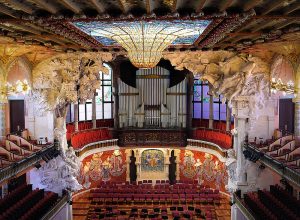


Photo by kkmarais via Visualhunt
Palau de la Música Catalana is one of the most important music halls in all of Catalonia. The building, which was originally created for the Orfeó Català, was designed by Domenèch i Montaner in 1905 and built in three years, opening its doors for the first time on February 9th of 1908. The Palau has stained glass windows, mosaics, sculptures and iron structures, all of which give it a very lavish look. The main music room is absolutely dazzling, complete with a multicolored stained glass piece on the ceiling.
Sant Pau Recinte Modernista
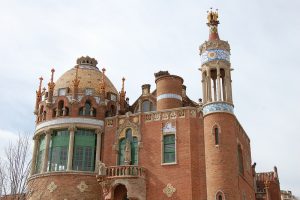


Photo by ANSELM – via VisualHunt
The beautiful Modernist section of the Sant Pau Hospital stands in the district of Horta-Guinardó as a true testament of Lluis Domenèch i Montaner‘s architectural genius. The area that is now designated as Sant Pau Recinte Modernista used to work as a hospital but in June of 2009, a new, modern section of the hospital opened right next to it and the Recinte Modernista started restoration works to become a museum and cultural center.
Both Sant Pau Recinte Modernista and Palau de la Música Catalana have been named World Heritage Sites by UNESCO.
Looking for an apartment in the city? ShBarcelona is the answer.
* Main photo by john.purvis via Visualhunt









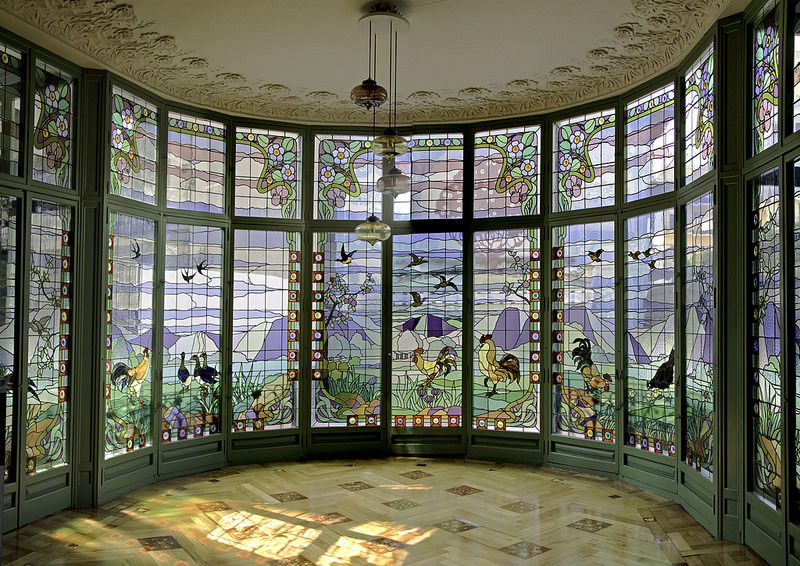




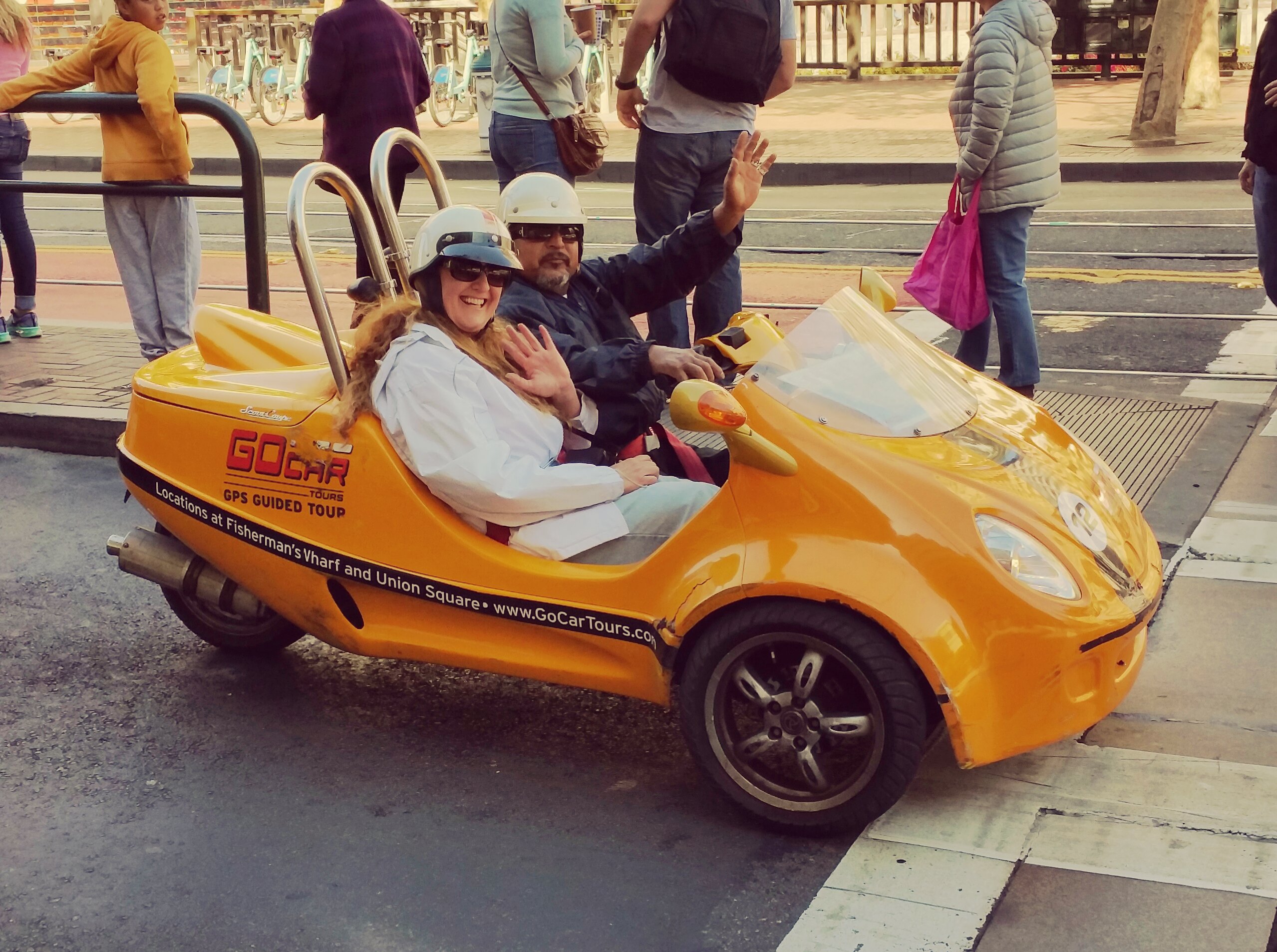


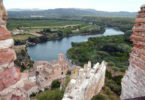
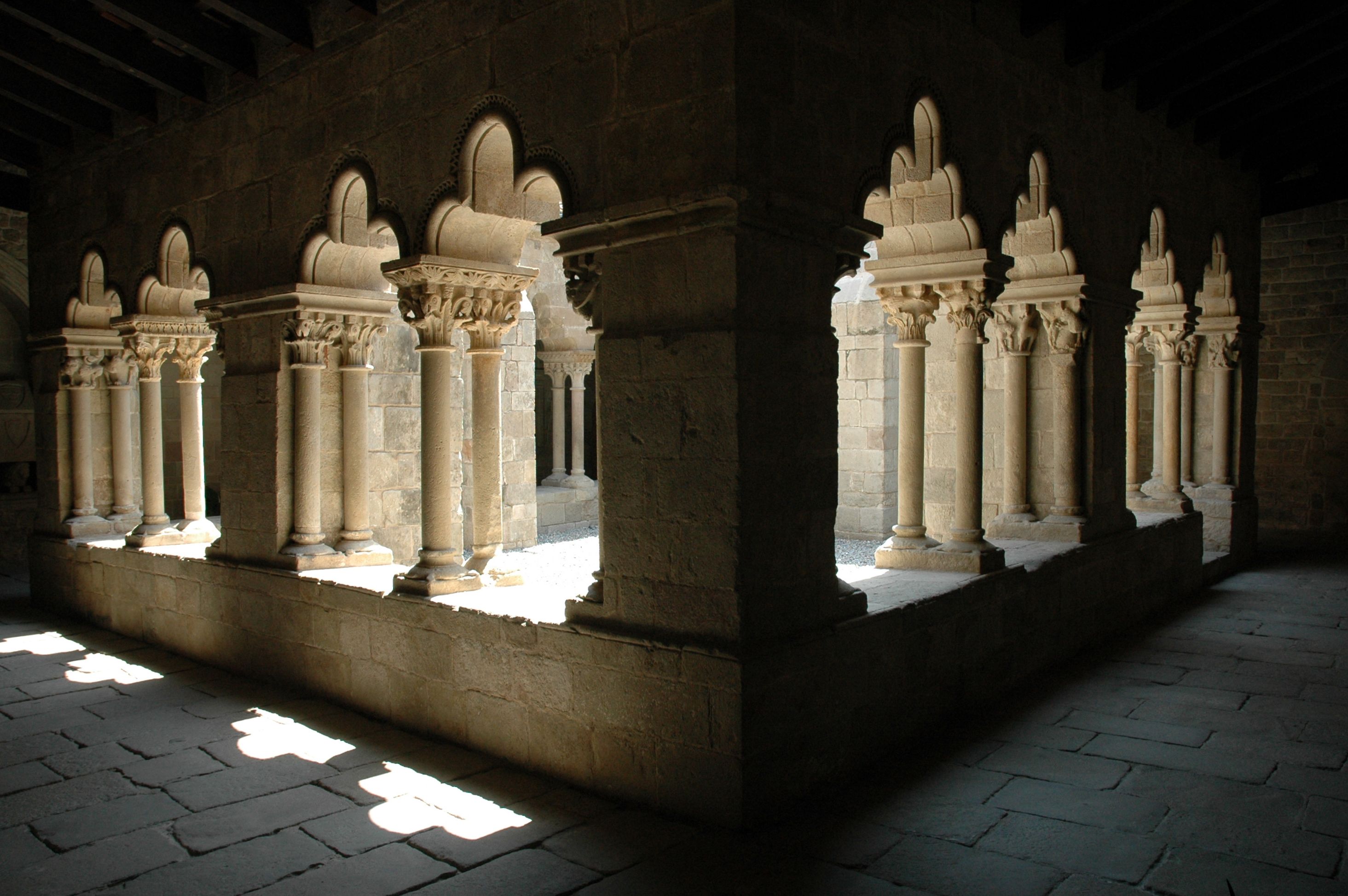
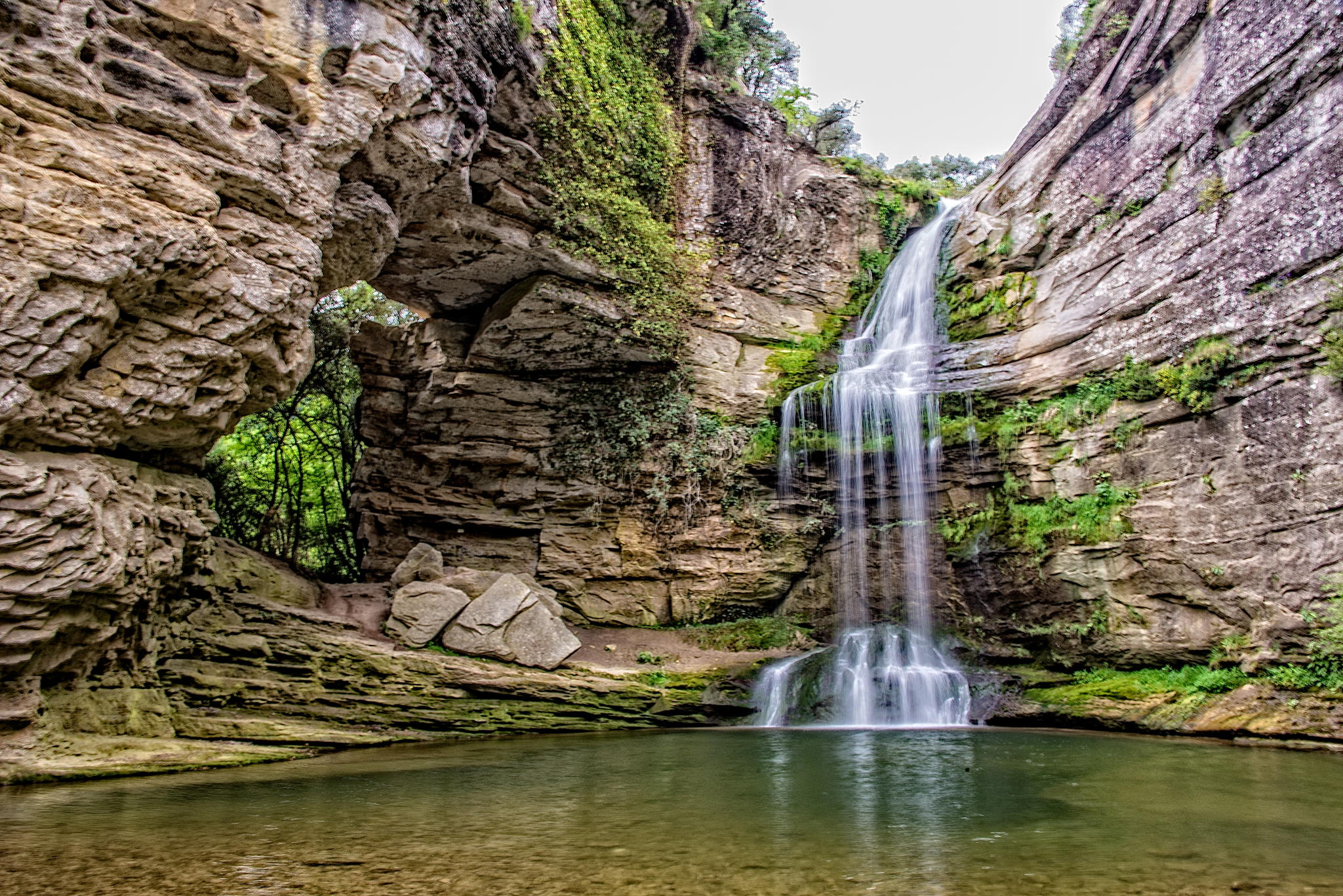

Leave a Comment